There is a calmness to the outdoors. There is peace when you start seeing how animals and food grow all on their own without much human interaction.
It reminds you of our hope, promises, and connection with nature. So many of us can agree and say we would love to be more connected and raise and grow more food, but do we have the drive, persistence, dedication, and resilience to give it a go?

Homesteading doesn’t mean you have to DO EVERYTHING by hand or scratch. At the beginning of our journey, that would discourage me when I wasn’t doing it all. Unfortunately, starting from scratch, working full-time jobs, raising kids, and doing everything all at once is impossible.
Remember to start small and keep ongoing.
The tips and tricks below will help you get started on the road toward a more sustainable lifestyle without breaking the bank to get started.
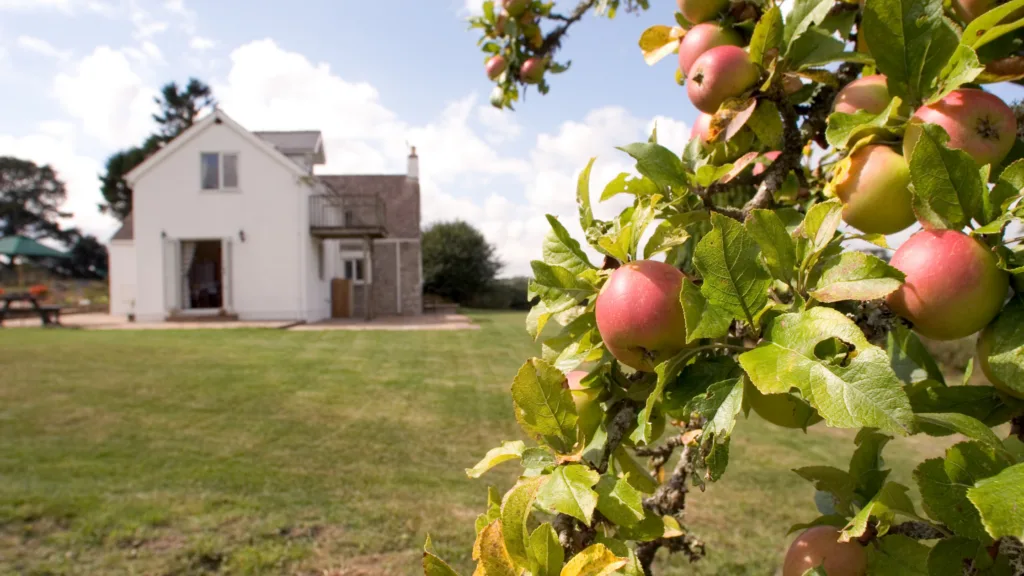
Here’s how to Start a Homestead with No Money
To get started, create a checklist of everything you’ll need to do to get your homestead up and running. This may include fencing, planting crops, obtaining animals, and more.
Then, once you have a plan in place, research what homesteading laws exist in your state so you can be sure to stay compliant.
Decide what you want to grow or raise
You’ll probably be surprised by just how much food is available in your neighborhood – even if it’s an urban area. Take a look at your yard. Do you have space to plant some edibles, like tomatoes or zucchini?
Is there room in your garden or patio for a few pots of herbs? Perhaps you could get your hands on some “starts” – seedlings that already have roots and are ready to be transplanted into the soil.
You can grab seed packets, usually in late winter or early spring, at Dollar Tree for $0.25! Growing your own food is one of the best ways to start homesteading.
Our local library and Cooperative Extensions started seed programs. You can get seeds for FREE, and if you have seeds to share, you can do that too! It’s a great way to start growing anything.
Fruit trees are a great way to start your homestead. In just a year or two, you will have enough of a harvest for your family to eat and then a few more years, more than enough for your family to eat.
Fruit trees are expensive, but there’s a good chance your neighbors have one that would be willing to give you some new growth for free or very cheaply. I like to wait until the end of spring or fall to find fruit trees marked down.
Perennials, Herbs, Fruits, and more are great items to ask for in your local Free or Nothing FB groups in the spring.
You can even start this technique by looking online or in the newspaper classifieds (check under the “free” category) for free fruit trees. For us New Yorkers, I see these even in the Pennysaver.
Another great place to find fruit trees is at the end of the season when they go on clearance at Home Depot and Lowe’s. For example, I picked up two apple trees for $10 each at the end of last summer at Tractor Supply.
I typically see fruit trees marked down in New York at Tractor Supply and other local farm and country stores.
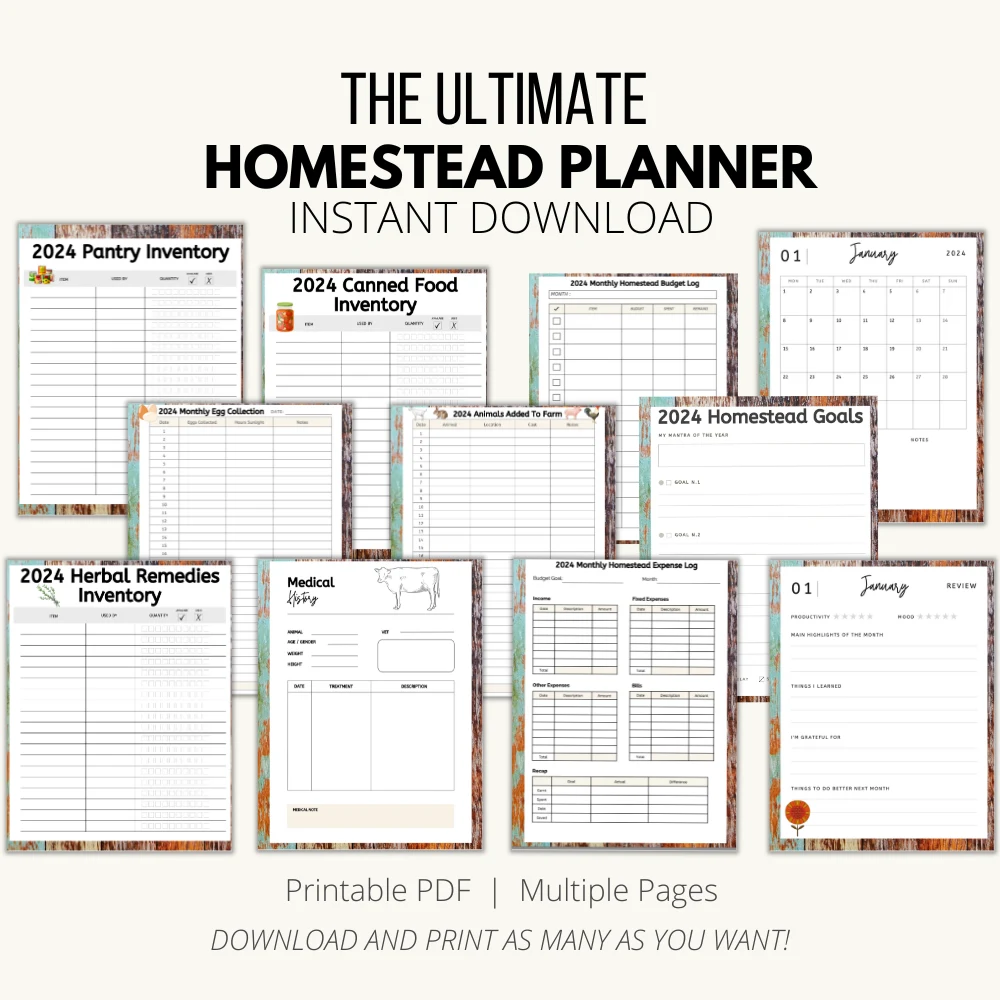
Grab my brand new homesteading planner filled with 62 pages for everything you need to get started on your homesteading journey!
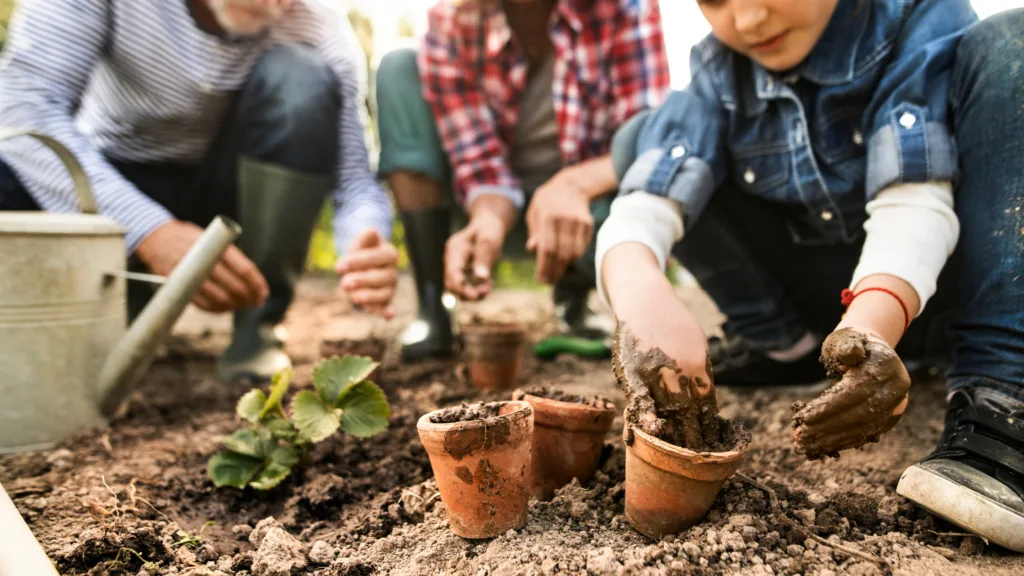
Gardening
A relatively easy way to start homesteading for cheap is to create a garden. It’s also a great way to get your feet wet so you can learn about all the different aspects of homesteading.
For example, you might want to plant some radishes in one area and spinach in another so that by the time they are ready for harvest, you’ll know how to store each.
If you don’t have much yard space, you can always plant some herbs on your windowsill. However, container Gardening is underrated, in my opinion.
You can even start plants indoors, like peppers and tomatoes.
I have several specific ways to help you start a garden on a budget on the blog.
For MORE Gardening Articles I’ve written, tap below:
- The Top Low Maintenance Shade Loving Perennials
- Top Low Maintenance Perennials That Bloom All Summer
- 13 Perennials You Should Not Cut Back in the Fall
- The Best Perennials to Plant with Tulips
- 16 Best Climbing Flowering Perennials for Your Garden
- The Perfect Easy to Grow Full Sun Low Maintenance Perennials
- A Beginner’s Guide to Planting and Growing Your Own Spring Flowers
Figure out how much time is required for the task
If you have a big garden, it will take time to weed and water. Some tasks are more time-intensive than others.
If you want your tomatoes to grow lots of fruit, be prepared to spend quality time with them! A great way to manage your time is to do one thing at a time.
When we moved out to our homestead, we were excited and hopeful. Of course, hope is a good thing, but it can also overwhelm the garden.
If you don’t have the time to commit to the garden, always start small and work your way up. The best way to start your garden is with a realistic plan.
You have to determine what kinds of plants you want to grow and how you will take care of the soil throughout the year.
For instance, you might plant a few things in the spring and then begin to mulch your garden with manure or hay bales.
Then, in the summer, when it’s time to harvest, cover up that manure or hay bale with some straw or leaves.
By winter, the soil underneath will be nice and loose for the following year’s planting.
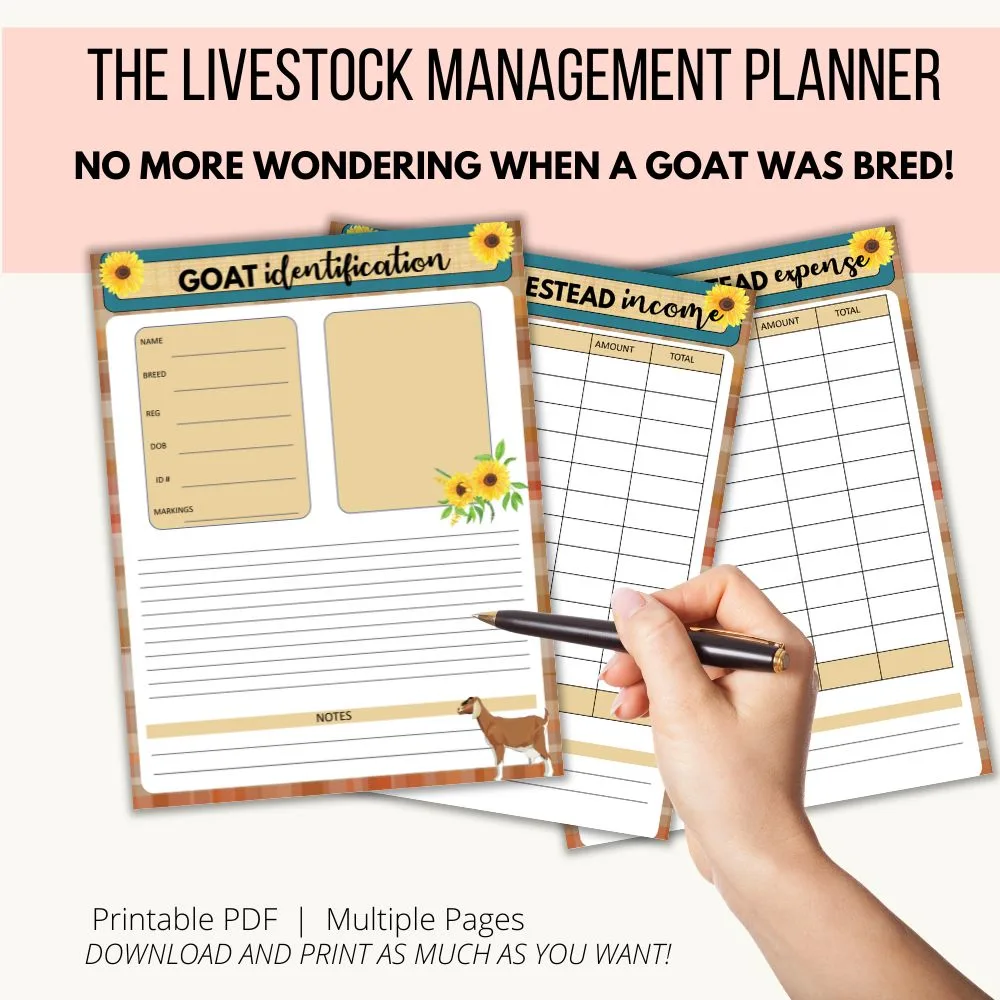
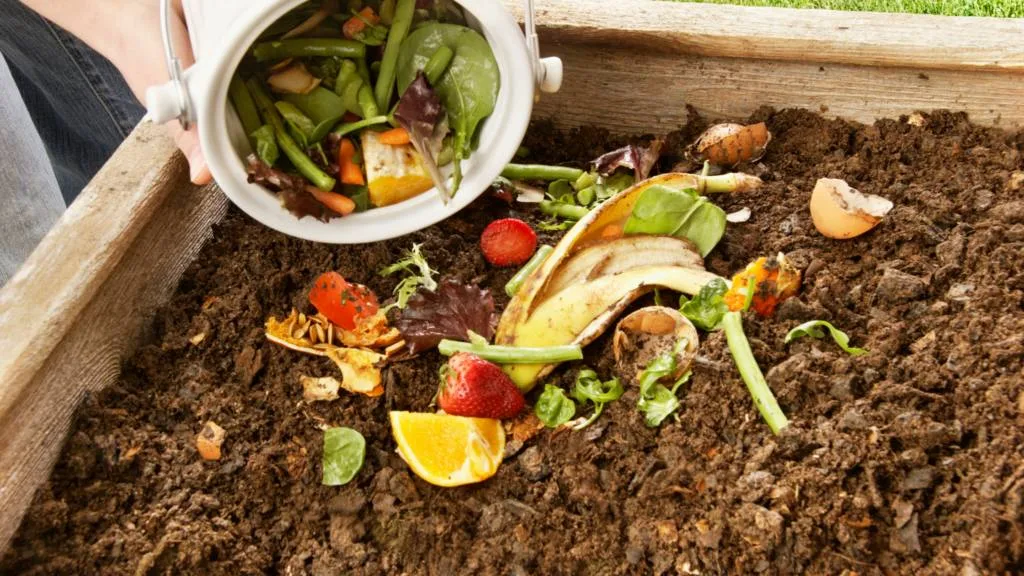
Composting
Soil is the foundation of a good garden.
To grow your food, you’ll need to familiarize yourself with composting and soil management. Composting is how gardeners make “black gold” for their gardens – rich, dark soil teems with nutrients and beneficial microbes for growing healthy plants.
Starting a compost is a great way to reduce waste and use everything on your homestead.
For how to get started on composting, check out our ARTICLE HERE.
Before starting a compost, be sure you NEVER use these things.
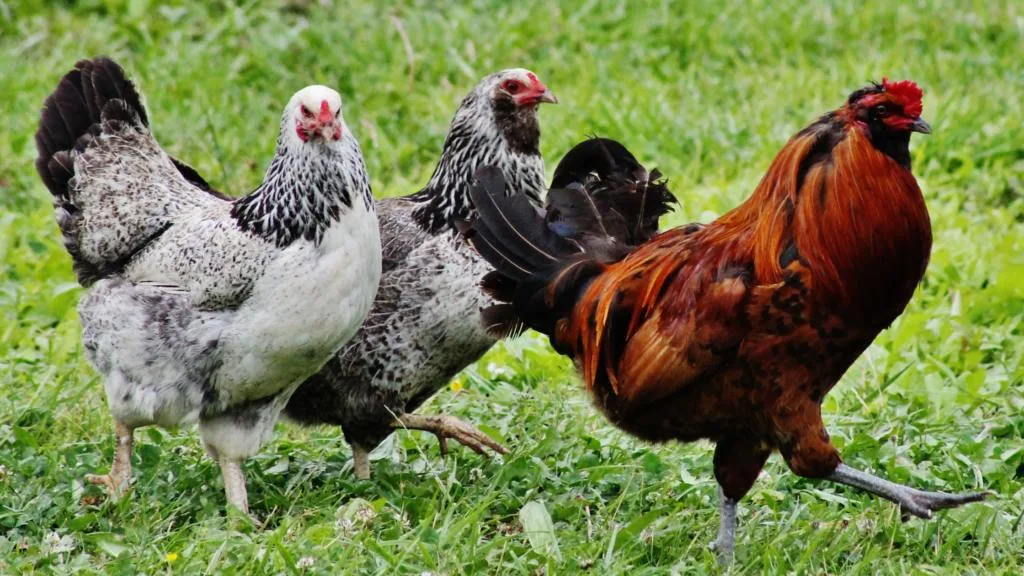
Livestock
Raising livestock is a popular homesteading activity but requires some upfront money. Pigs are relatively cheap to buy.
Smaller animals like quail or rabbits are also suitable for beginners because they don’t need as much space and don’t cost much to purchase. As a result, they can be the perfect entry into homesteading.
Always start with one or two animals and figure out if you want to continue down that path. I started with six chickens in the city. When we moved out of the country, I bought a mini pig and raised him in the house for almost two years. Next, I got goats, and the whole hobby farm took off.
If you already have a hobby farm, getting started will be a lot easier because you’ll already have some of the equipment required for livestock management.
Even if you start small, livestock requires building a shelter and corral. The time needed to care for your animals will be the most labor-intensive part of homesteading.
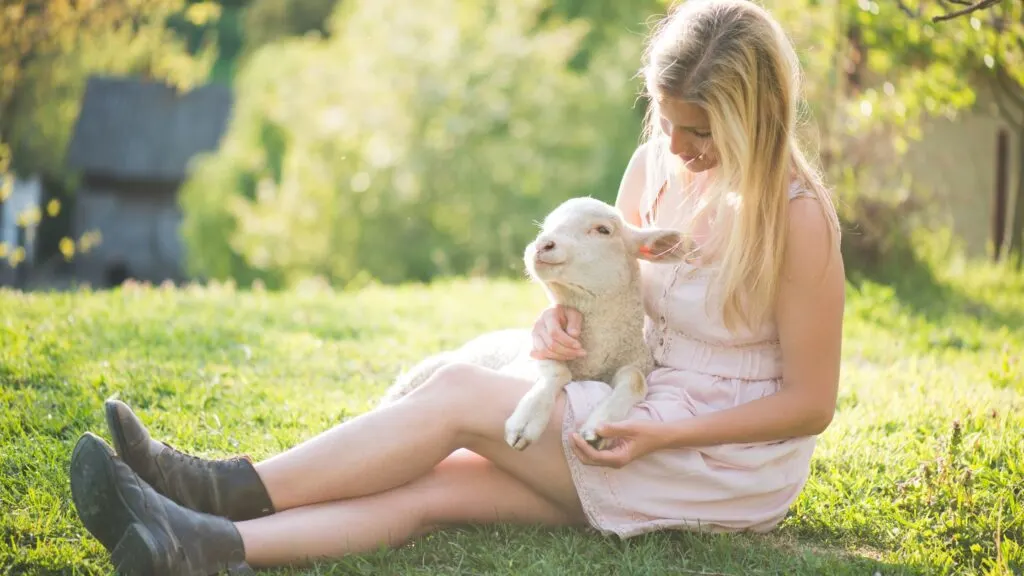
Start slow or go big?
This is a decision that everyone who starts homesteading eventually has to make–how much time do you want to spend each day homesteading?
Some people enjoy having a small garden and an herb window box. Other people dream of raising chickens, goats, or pigs. Some people want to make cheese or butter their dairy products. These things are possible but will take time, research, and energy.
This is a constant repeat because I know how easy it is to get caught up in the dreaming and then the frustrations that take place because of the reality of our time and resources.
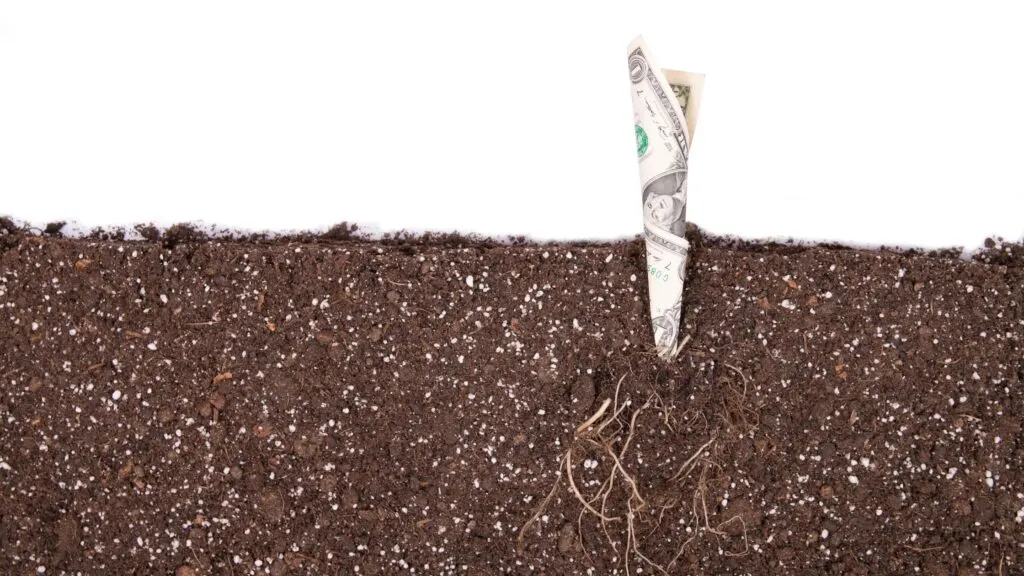
5 – Budget for things you’ll need before getting started
A lot of the items on this list are going to require money. Depending on your available land or time, these can be an investment that will pay off over the years or just a one-time cost that gets you started.
Odds are you won’t be able to get everything on the list in your first year, but over time it’s a great idea to gather items from this list and gather knowledge for when you’re ready to try homesteading.
This is important because there’s more to homesteading than tilling some dirt and planting some seeds. There’s also livestock management, food preservation, woodworking, and construction – to name a few.
Always come up with a plan and a cost analysis for your project.
Check out we built a barn on a budget here.
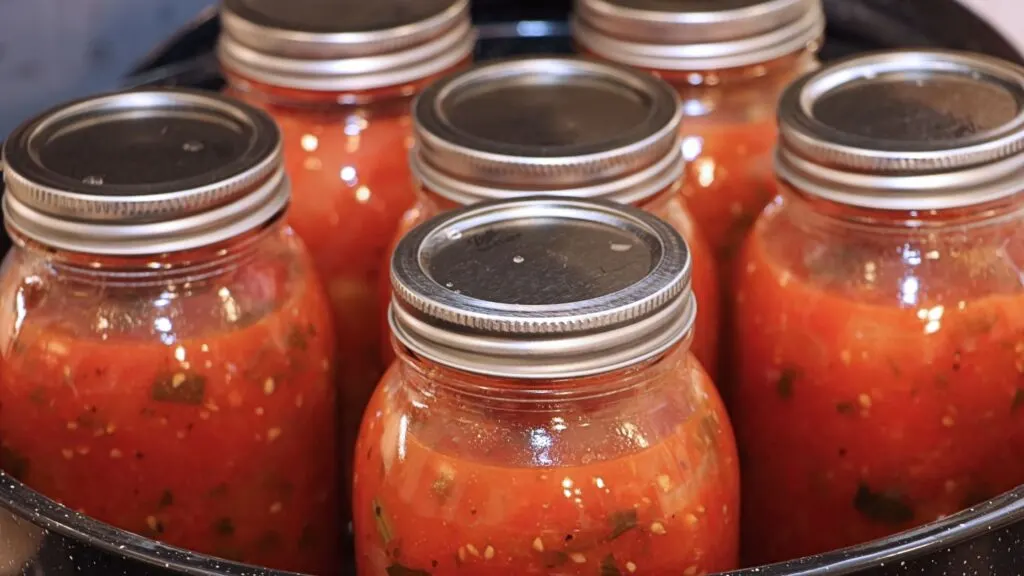
Canning
A significant part of homesteading is preserving your harvest from the garden.
Canning is a method of food preservation that kills the mold, bacteria, and fungi that cause food to spoil. The goal of canning is to keep canned produce safe during storage for months or years.
Many homesteaders get started with canning because it’s relatively inexpensive and easy to do once you figure it out.
The easiest way to start canning is with a water bath canner (or boiling water canner). The next step will be an All-American Pressure Canner if you’re interested in pressure canning. Once you’ve got that under control, there’s another method called raw packing, where you don’t put the produce in the jar until after you’ve boiled it for a few minutes.
These are simple food preservation methods, but they are essential to homesteading. Along with dehydrating, canning is probably one of the most important parts of storing food without electricity or refrigeration for long periods.

Dehydrating
This is another excellent method to preserve your food. Dehydrating is a natural and healthy way to protect your harvest and the flavor of the original fruit, vegetable, meat, or dairy product.
Unlike canning which uses heat to destroy microorganisms that cause spoilage, dehydrating removes moisture through evaporation. As a result, dehydrated foods are less likely to spoil because they have no water for microorganisms to grow.
Consider working with livestock producers in your area
Meat rabbits, for instance, need about 4 square feet of space per animal, and they eat mostly grasses, weeds, and hay, which you’ll have to purchase or grow yourself.
There’s also meat goat and sheep, making wonderful homesteading animals. However, these animals eat grasses primarily and make a lot of manure and urine, which you’ll need to consider if your area doesn’t produce enough organic material for the livestock.
Raising sheep has been very enjoyable, and we had great success with the lambs we raised for meat.
Can chickens be considered homesteading? Of course! You can purchase dual-purpose birds that will give you eggs and meat. They do lovely pest control, fertilize your garden, and provide meat for your family.
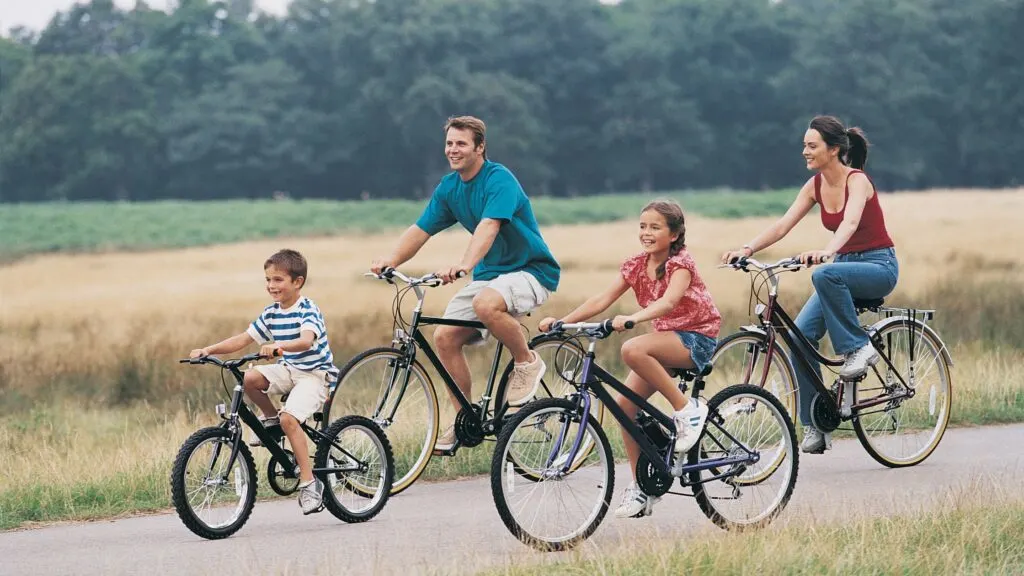
Consider your family’s needs and plan accordingly.
Some people get into homesteading because they want to live off the land, but that’s not an option for everyone. So it would be best to consider what you’re trying to get out of this lifestyle before you jump headfirst into it.
For example, if you have children, you’ll need to consider how they can help with homesteading. They might enjoy watering the plants or playing in the garden – anything that gets them outside and enjoying nature is a step in the right direction.
If your family isn’t ready to live entirely off of homegrown food or raise livestock, consider renting a plot of land in your local community. You can use this space to grow crops you’ll need for meals or have fun with it and teach your children how to grow their food.
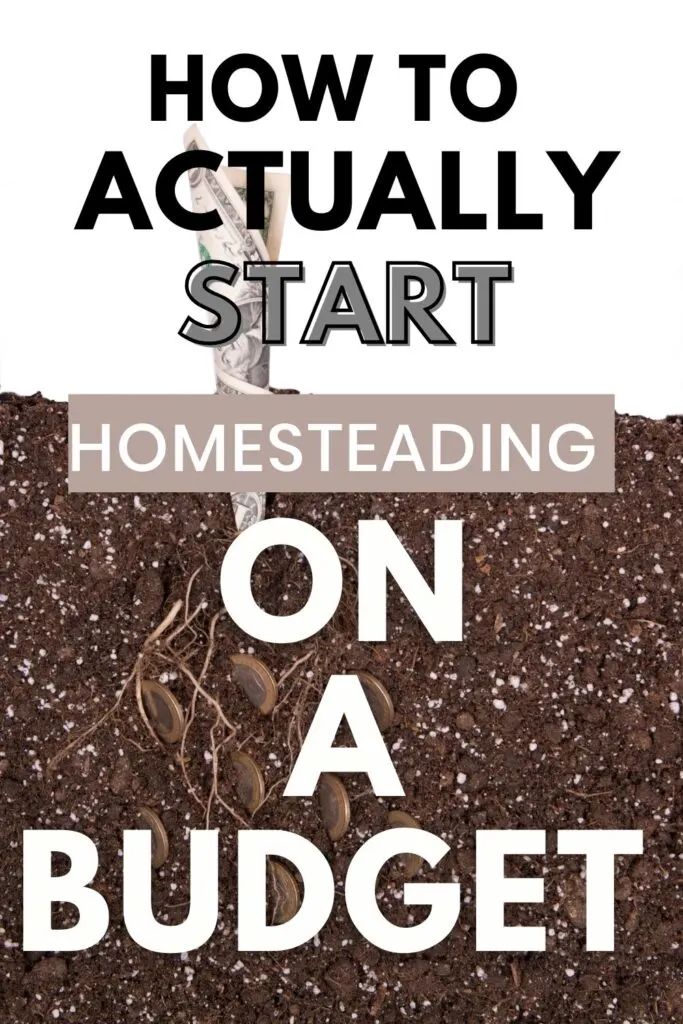
Consider the cost before you buy anything.
The equipment price varies depending on what type of homesteading you want. The best thing to do is create a budget and stick to it.
Don’t make the mistake of going out and buying everything you think you’ll need all at once. Instead, start with what you can afford, take time setting up your garden or building that chicken coop, and add additional items over time.
Always look for used items everywhere before you make brand-new purchases.
Consider getting help from family and friends.
One of the most incredible things about homesteading is that it offers a way for families and friends to come together and enjoy each other’s company while working towards a common goal. By having others around, you’ll be able to share the workload and learn from one another.
Start slow, get your toes wet, and then keep moving forward. This is a great way to spend time with your family while learning to be self-sufficient.
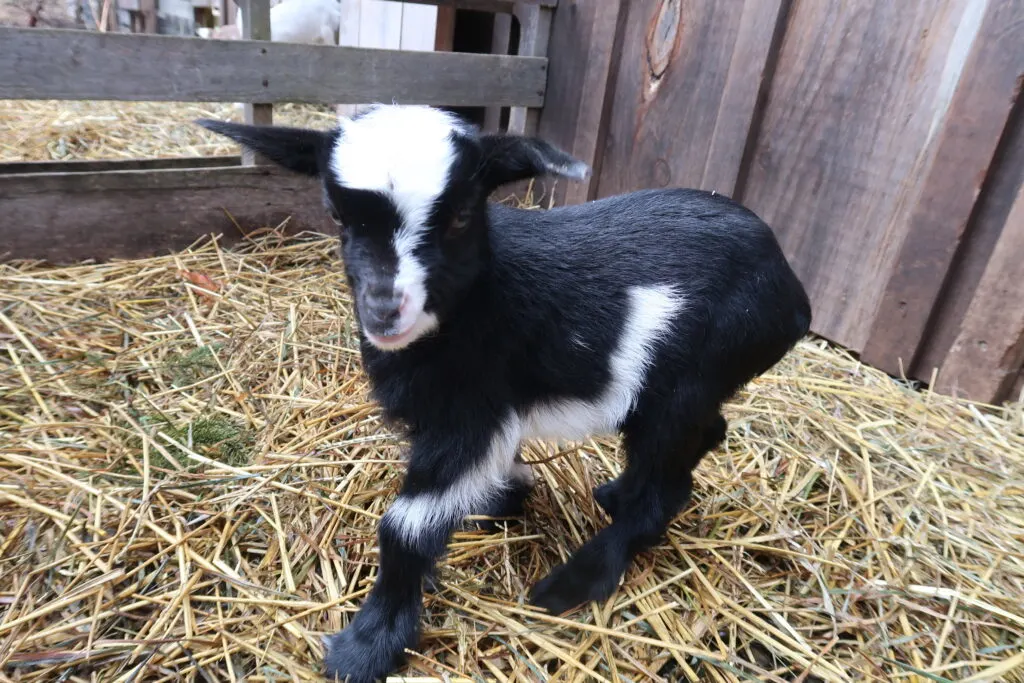
You Can Eventually Earn income From Your Homesteading.
One of the best reasons to start homesteading is to earn money for your efforts. If you grow food, you can sell it at your local farmer’s market or even on Craigslist.
If you raise livestock, consider selling their meat or breeding them with other animals to produce offspring worth money.
If our KuneKune pig gets pregnant this year, we will finally profit from our hobby farm! Of course, this wasn’t the ultimate goal for us.
I’ve always wanted farm animals, and it’s a hobby, but the fact that we may make a little extra cash makes the journey even sweeter.
Be Prepared for the Unexpected
Homesteading can be dangerous if you don’t know what you’re doing. If you plan to raise chickens, hogs, or cattle, ensure they are fenced in securely so they can’t hurt anyone nearby.
If you plan to raise goats, consider goats without horns based on the type of fencing you have.
Be cautious about where you put structures, don’t have a pen with a bunch of hogs next to your house. If they get out, you could be seriously injured, or a neighbor’s home could be damaged if they aren’t adequately secured.

Get Educated
One of the easiest ways to learn about homesteading is simply doing it. Of course, you will make mistakes along the way, but there’s nothing wrong with that. ( Uhmm, that’s how this blog started!)
Homesteading is a great educational opportunity for children and can help them understand where food comes from, how to grow plants, and how animals play an essential role in our lives.
Read as much as you can about homesteading and take your time learning the ins and outs of the lifestyle. If you take it slowly, consider getting to know someone who has been doing it for a while, you will learn so much about homesteading just by spending some time in their presence.
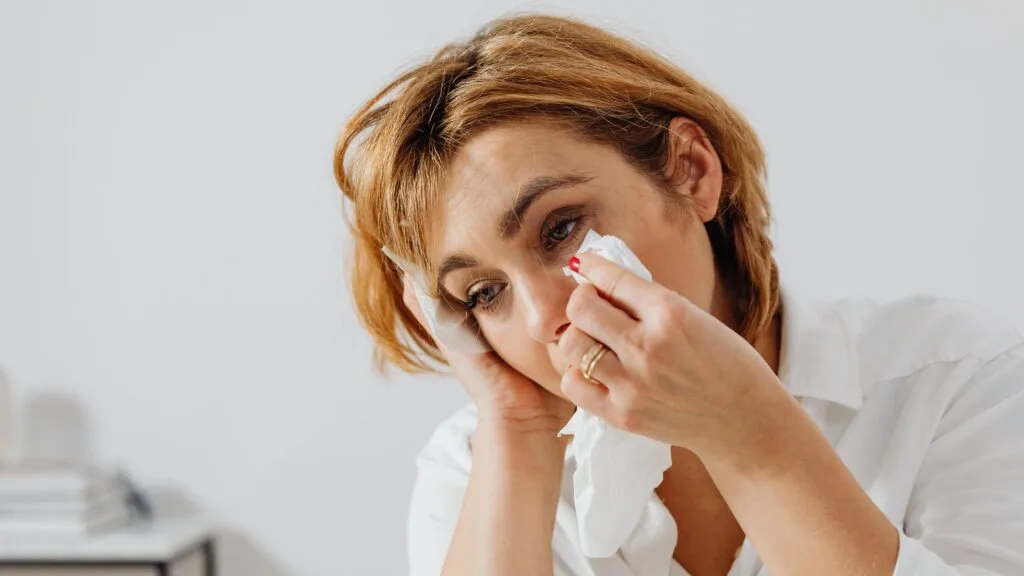
Know What You Can and Cannot Sacrifice in This Lifestyle
Homesteading will require some sacrifices. However, you don’t have to give up your house or car to succeed. If you can do more of the work yourself, there’s no reason why you can’t continue working towards your dream job while homesteading on the side.
Get Organized
You’ll need to get organized if you are serious about becoming a homesteader. This is the only way that you will be able to set goals and work towards achieving them each day.
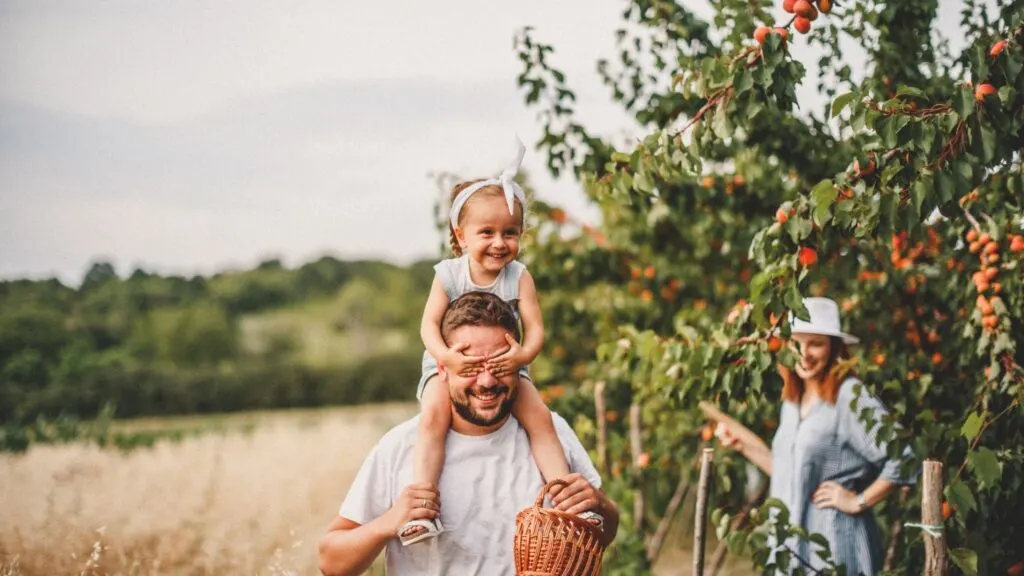
It’s Better To Do Something Small Than Nothing At All
Start small if that’s possible for your situation. For example, if you live in the city or have a considerable yard, there are ways to homestead that you can start today. For example, growing tomatoes and carrots doesn’t always take a ton of land.
#24 Have A Positive Attitude
If you want to be successful, you must always maintain a positive attitude. You don’t know what challenges you may face on any given day, and the only way to get through them is with a smile.
Buy Nothing Groups Can Be Beneficial To A Homesteader
Buy Nothing Groups are a great way to access items for homesteading that you might otherwise have trouble acquiring. You’ll be surprised how many people are willing to give away freebies on this site.
You can also list things you need; if someone has them, they can contact you to arrange a pickup.
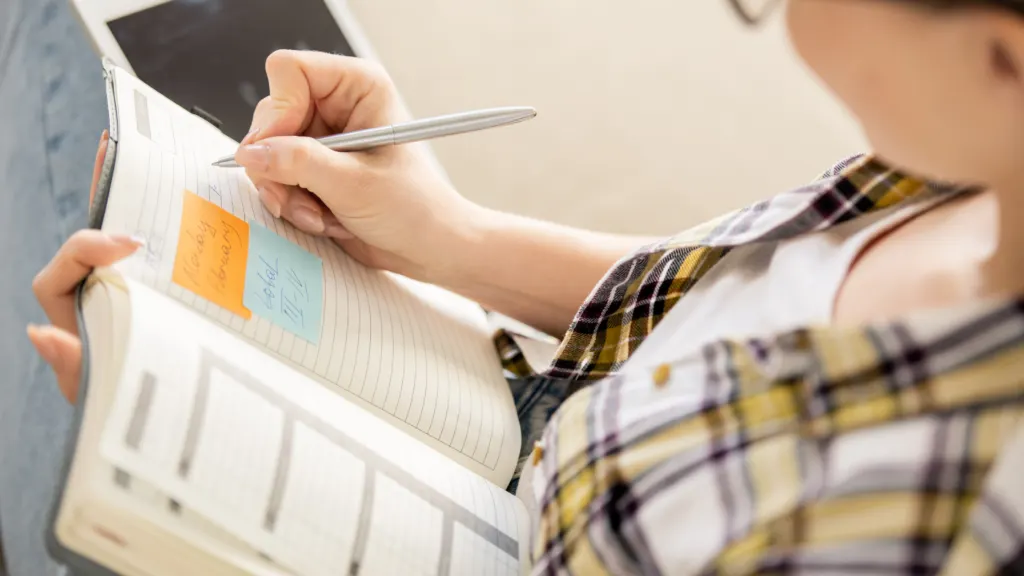
Have A Plan B For The Unexpected
The unexpected may not be pleasant, but it is part of life. As a homesteader, there will likely be times when you find yourself in need of additional supplies or even additional cash. Having a plan B is essential to make sure you are prepared.
We have an emergency fund that my husband keeps hidden away in case of cash flow problems with the business. If I need cash, I know where to go without asking him for it or worrying about how he’s doing at work. Sometimes your homesteading efforts will fail, and it is better to be prepared.
Be Prepared To Reevaluate Your Approach If It Doesn’t Work Out
When you start homesteading, don’t be afraid to try something new if your first attempt doesn’t work out. You will eventually learn what works best for you, which may mean trying something different.
Study The Weather Report Before Harvesting Crops
When harvesting crops, you must know what to expect from the weather. You need to know if there is a chance of rain or other significant weather issues that may interfere with your harvest. Most areas have a good website where you can access the weather report and see what to expect.
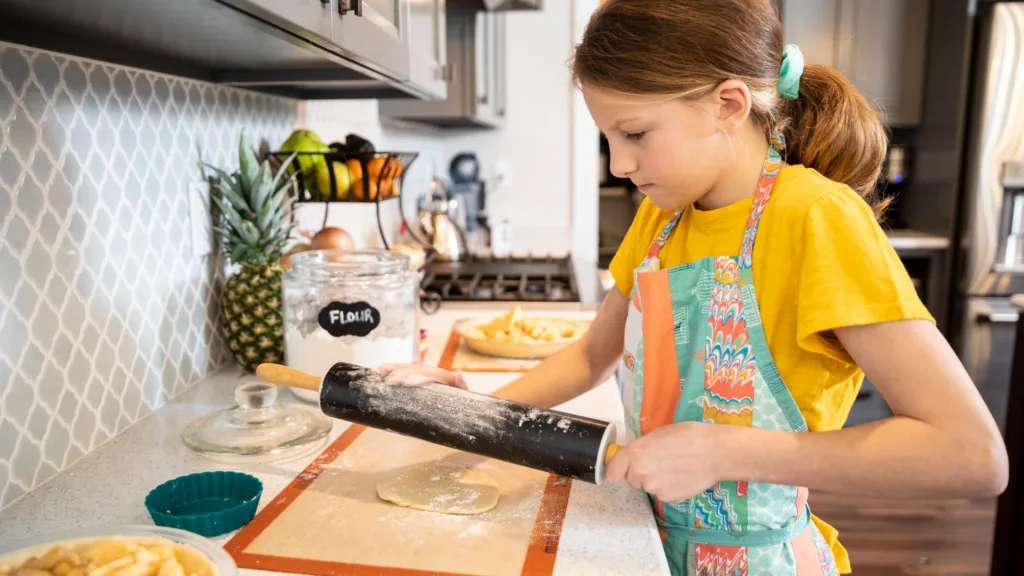
Make Time For Yourself And Your Family
As a homesteader, there is a lot of work that needs to be completed to achieve success. Make sure you set aside time for yourself and your family by blocking out specific days when nobody has chores or responsibilities other than to relax.
You’ve got this. It may be a little scary at first, but the sense of accomplishment you will feel when it all comes together is worth every penny spent and hour put in! Keep an open mind to new things that are unfamiliar or seem daunting.
There are tons of resources for just about any question you can think up if you research ahead of time. Finally, don’t forget to savor each moment as they come – enjoy the process while looking forward to what’s next!
And don’t worry; we’ll help guide you along the way with our blog posts and other content on homesteading. Stay tuned for more helpful information coming soon!
